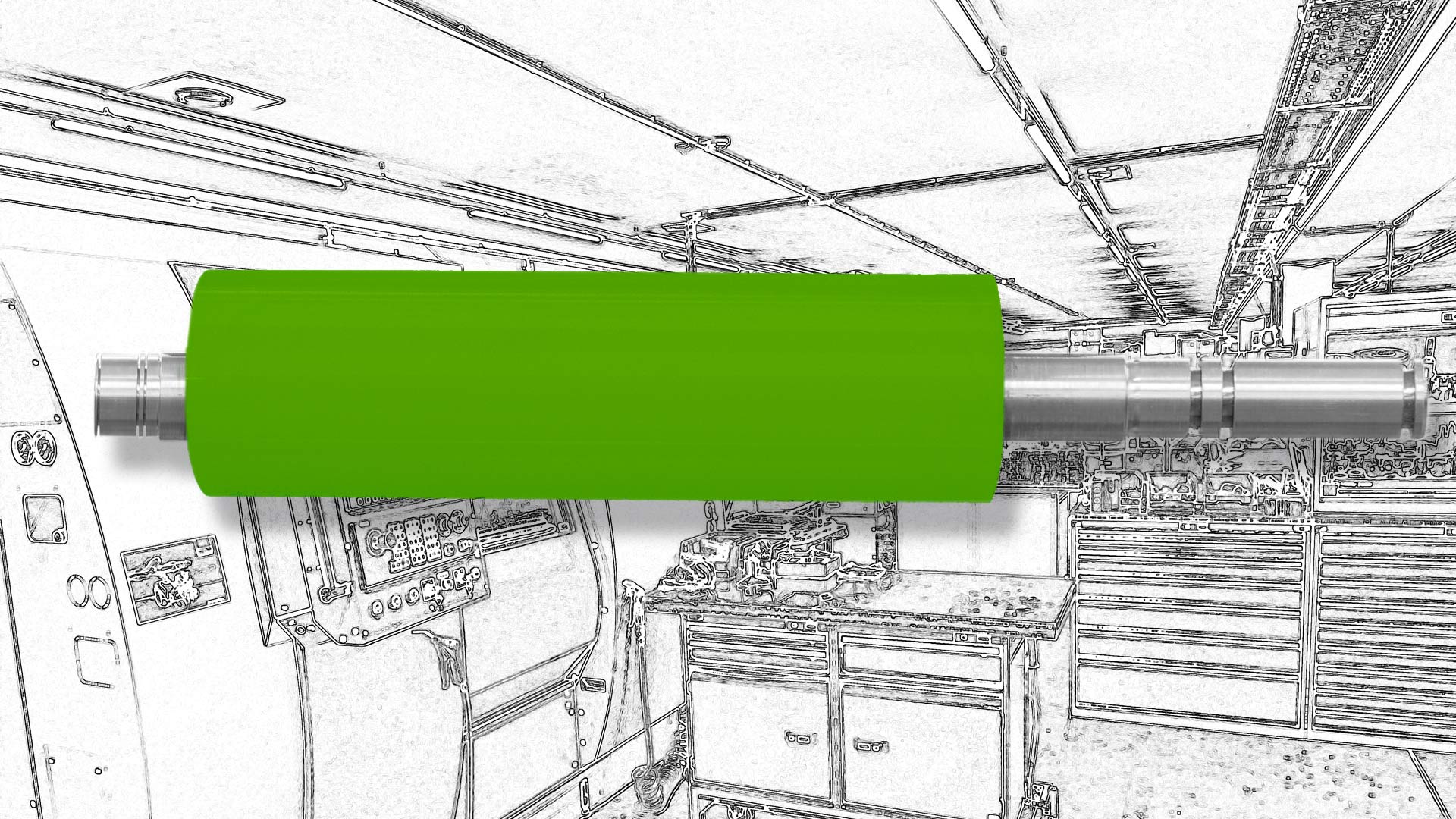Polyurethane (PU) is a high-performance plastic which is suitable for various applications around the globe.
To suit those requirements on this resource, a PU-processor needs to know exactly, which type of PU works best with a certain application.
By varying the basic building blocks isocyanate, polyol and chain extenders or by including different additives, one can obtain a multitude of properties:
- Hard or soft plastic
- Mechanical strength (tearproof, abrasion-proof, cut resistance)
- Flexible or dampening
- Resistance to hydrolysis and resistance to solvents
- Dirt-repellent, antistatic and many more.
This is by far the most important strength of ASMA GmbH. We develop systems of polyurethanes which are tailored to our customers´ needs in machine manufacturing and plant engineering and therefore deliver the best performance possible.
So far, a customer´s request in the automated machine construction business was particularly challenging for us. The company was looking for a material system which can be implemented all over the world. Therefore, these machines should operate efficiently in the alpine area as well as in India using the same Auswerfrolle for every machine.
The variety in environmental influences is a main contributor to the difficulty in developing a suitable PU-system. In India, the combination of high temperatures and increased humidity has and hydrolytic effect and initiates the polyurethane´s decomposition process, whereas in the alpine area, the exceptionally low temperatures are responsible for the loss in the dynamic of the material and a rise in the compression set. A deformation caused by contact pressure is therfore irreversible.
To master the balancing act, various formulations were established and tested for efficiency. Thus, we produced several test panels, stored those in the climatic chamber at different temperatures and at relative humidity. Afterwards, the panels were tested for mechanical strength and the compression set. After completing the demanding development phase, this challenge could be finalised using a system based on ether polyol with a specific crosslinking agent. The finished system is suitable for use in temperatures ranging from -20°C to 45°C. Additionally, it can be considered resistant to hydrolysis. Moreover, the adhesion promoter system, which ensures the successful connection of the PU–coating to the roll core, required special adjustment to the material. Also, the whole process enabled ASMA to offer one more workplace in the plant located in Weitra. The processing was standardized according to quality management specifications, and the production process could begin.
We are looking forward to the next tasks and challenges our customers will provide us with!
„To suit those requirements on this resource, a PU-processor needs to know exactly, which type of PU works best with a certain application.“
Dipl.-Ing. (FH) Rainer Baumgartner
Did you know?
AT WHAT TEMPERATURES CAN PUR BE USED?
Depending on the type, polyurethanes can be used in temperature ranges down to approx. minus 20°C. Below 0°C the elasticity modulus (E-modulus) increases (and seems to be harder). However, despite this heightened stiffness the material will not break. Bending tests have shown that even at low temperatures the deformability remains very high.
At low temperatures, the damping capacities of polyurethanes remain very high, as the material will warm up under the dynamic load and will therefore quickly leave the critical (low) temperature range.
The upper temperature limit for polyurethane products in long-term usage is around 80°C. Short term exposure (a few hours) to up to 130°C is tolerable. Special types (as for instance our „Asmaprene D“) are designed to withstand temperatures of up to 150°C depending on the application. In choosing the appropriate material, it is also important to consider the mechanical stress (which leads to additional heat generation within the material).
The above indications regarding temperature apply to dry conditions only; any other chemical influence (humidity, grease, acids, etc.) may substantially reduce the material’s resistance to temperature changes.


